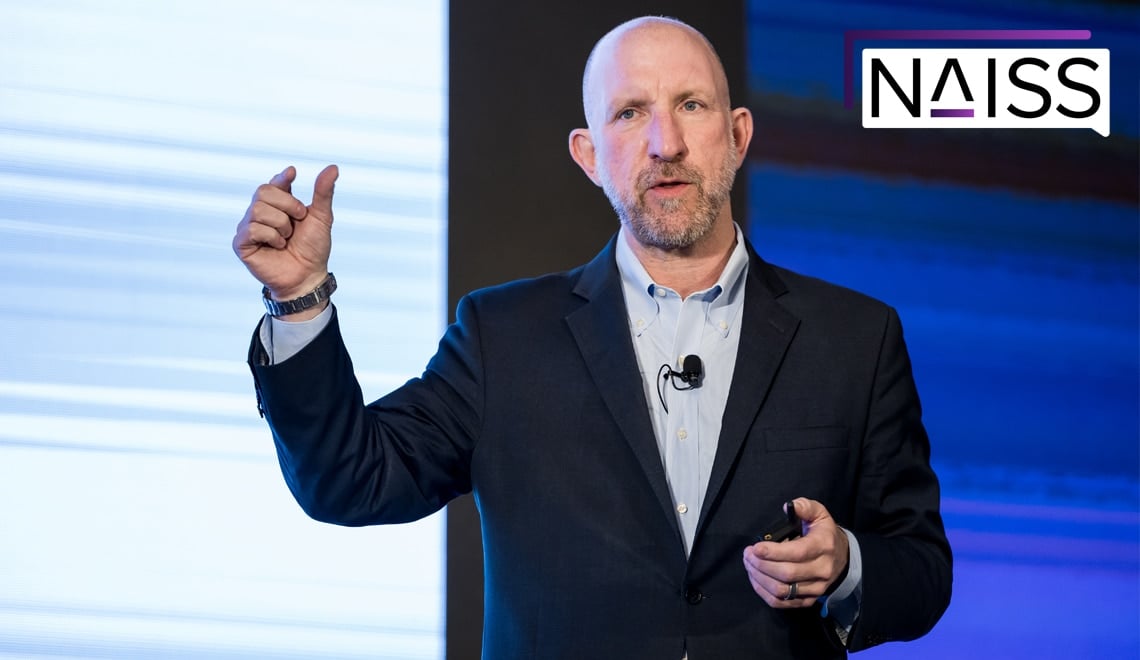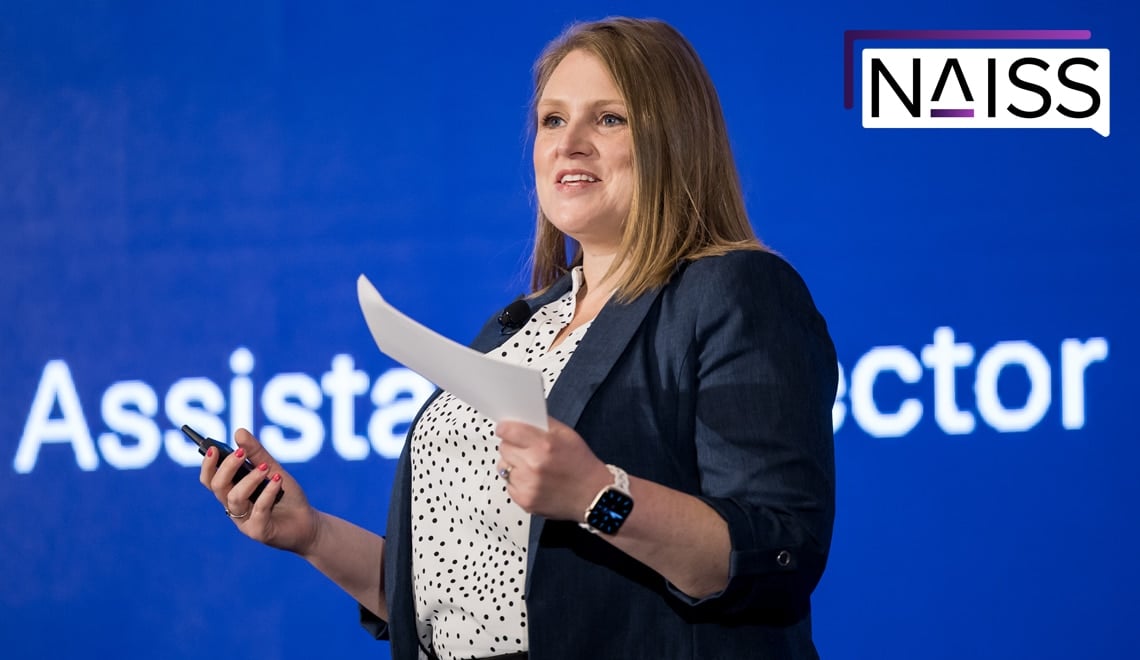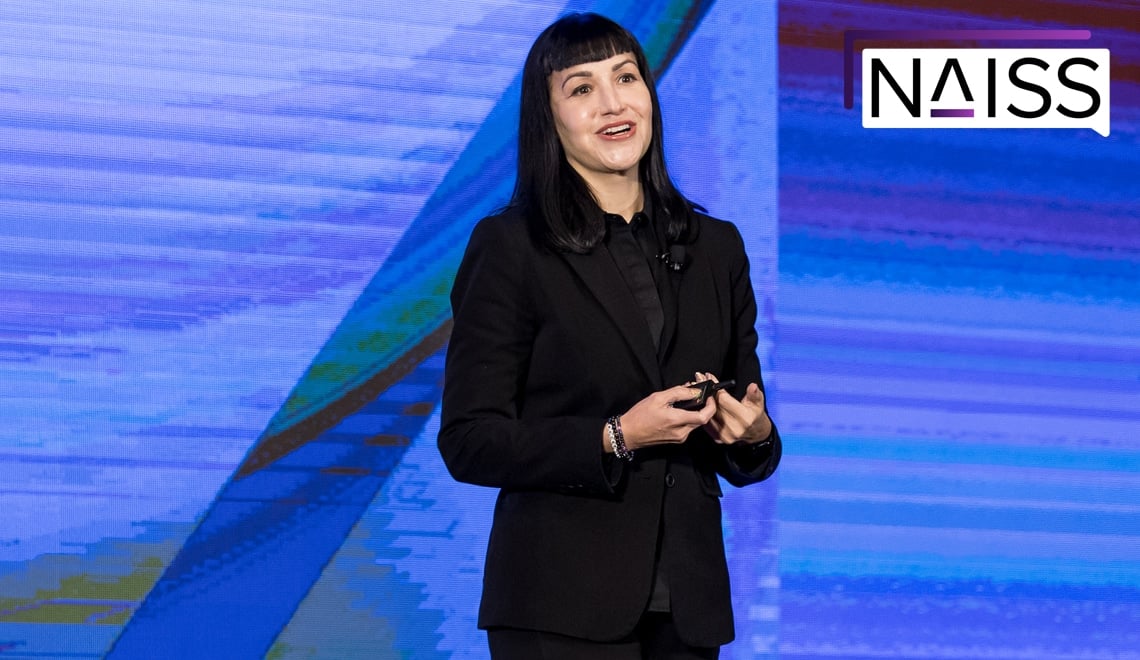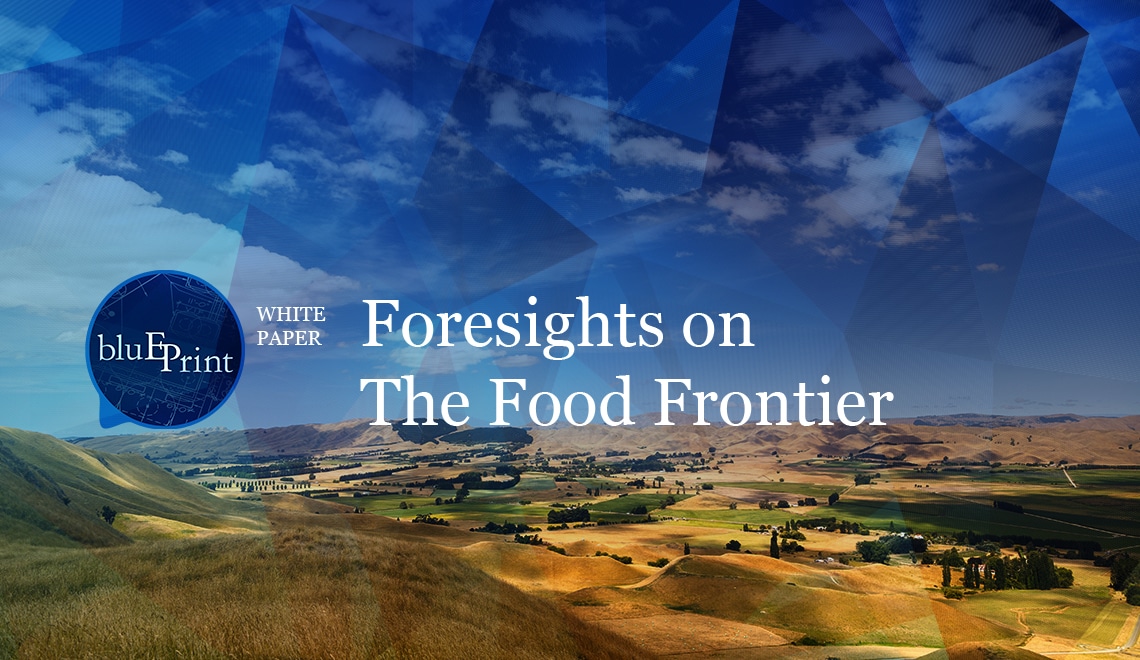
As farmers debate the future of meat, how will the rest of the food industry evolve? We live in a world where organizations are able to trace their food with blockchain tools so the moment spoilage is detected, the source can be identified. Customers now have the freedom to walk in and out of grocery stores without having to line up and wait. They can get groceries delivered or even make their own food from home, using indoor incubators to grow food and brew carbonated drinks. Despite the desire for convenience, customers also care more than ever before where their food comes from and the impact it’s making. With emerging technology, achieving sustainability goals and transparency with customers in the food industry is easier than ever.
In this white paper, we will take you through Food Industry 4.0, and you can see for yourself how your organization can adapt to emerging technology and global changes.
For insights on the future of eCommerce, see our sister white paper here.
A Flavorful Automation Revolution
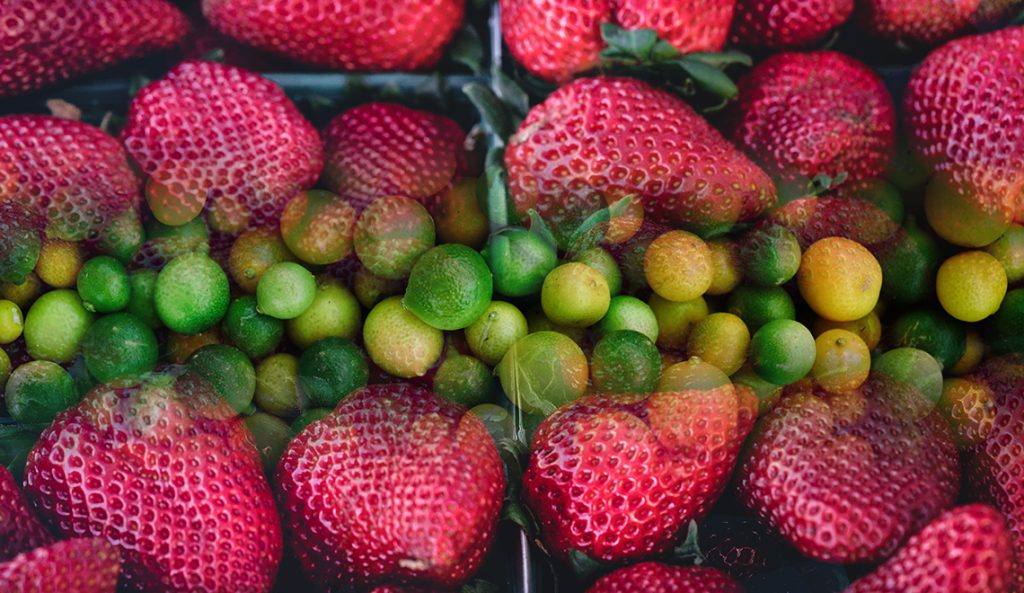
Predicting Demands of Hungry Foodies
- Ex-Googler launches AI that predicts food trends for hospitality businesses: Tastewise uses computer vision and natural language process to scan billions of data points for food-related queries on the web. This includes 13-million items across 153,000 menus ranging from Pinterest recipes to high end restaurants, finding what’s up and coming.
- IBM’s Cognitive Cookbook collaborates with home chefs. Chef Watson finds patterns in the chemical composition of ingredients to discover recipes. In addition, it chooses ingredients based on it’s season and the user’s preference.
Factory-bots and AI Prep
- Soft Robotics offers a soft touch with food, picking and handling delicate items from bread to berries. They can also take care of lobster tails and fresh dough for the specific needs of their customers.
- Robo-butchers can debone chicken legs and cut ribs on a large scale without ever taking a vacation. In 2016, JBS, the major meat processor, bought a controlling share of robotics firm Scott Technology in order to automate the butchering process.
- A 3-armed pizza maker that will never let your pizza burn: Zume pizza is a robo pizza start-up, delivering precise quality without needing a break. A baker-bot from Unifiller Systems can also decorate cakes with roses and personal messages. Depending on the budget, there are options for everybody. In this day and age, even a tech-savvy kid can code their own simple cake decorating robot with an affordable Arduino.
Customization and Choice
- Coca-Cola Freestyle automates the process of consumers choosing flavours. The freestyle vending machine allows users to pick whatever drink they want within the PepsiCo family, to be discharged within seconds.
- The Pepsi-acquired Sodastream takes this convenience home. Users can get packages of syrup in the flavours of their choice and create their own carbonated drinks in their pajamas.
- Citycrop is an all-inclusive incubator that allows consumers to grow food in their homes. Using a hydroponic system and a controlled climate, users can track the growth of their crops through the app. The produce ranges from cherry tomatoes and strawberries to broccoli and spinach.
- Farmizen gamifies real-time farming with an app giving subscribers total control. They can rent out a mini-plot on a semi-urban farm, and choose their vegetables with recommendations from the app.
Printing Breakfast, Lunch, and Dinner
“In the future, grocery stores and restaurants may stock food cartridges for easier storage” – Joseph F. Coughlin, founder and director of the AgeLab at MIT
- Foodini is a tabletop 3D printer for kitchens that prints dishes out of any ingredient you place in it from high end carpaccio to hearty burgers to kid friendly cookies. They also help hospitals serving modified diets improve patient intake with a beautiful dining experience.
- Niched food printers for chocolate or gluten-free restarants are also available for competitive prices. Making unconventional but nutritious foods like microalgae and insects more visually appealing helps eliminate food waste and feed the growing population.
- Japan’s Pixel Food Printer prints out edible gel cubes with flavors, colors and nutrients of the food they are meant to replicate. They are encouraging users to design their own dishes and expand the possibilities of food.
In rich countries, food is available faster and easier, but the reality is climate change is compromising crops around the world. How will the industry meet the demands of a rapidly growing population and a generation used to immediate delivery?
Farmers and The Future
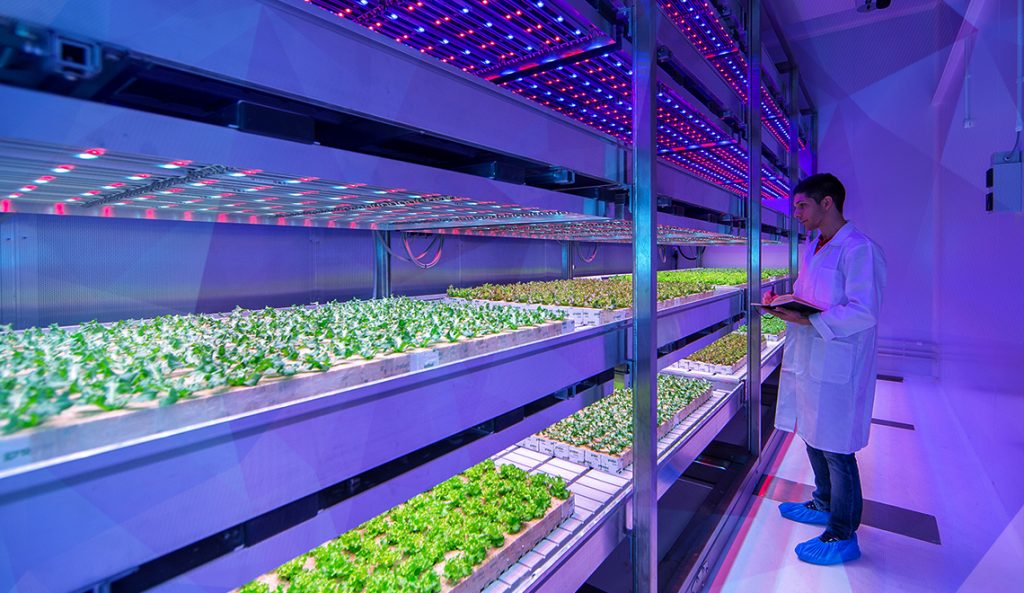
The Future of Climate Change
- Animals suffering from the heat are unable to have as many babies or produce as much milk. Their immune system also weakens against pests and parasites who thrive with an earlier spring. As a result, farmers need to use more chemicals to protect animals that may end up in a supply chain.
- Oceans are becoming more acidic which is shrinking shellfish populations and their individual sizes. With a smaller harvest, fishermen charge more to stay in business. This leads to consumers facing changing prices as companies accommodate for the change in supply.
- Erratic floods and droughts compromise crops, raising prices in rich countries and creating civil unrest in poorer ones. The increasing demand for food, water and energy calls for smarter urban planning in agriculture and supply chains in general.
Fortunately, emerging technology in AGTech and protein alternatives can combat and supplement the agriculture industry.
The Future of AGTech
- Crop modelling software projects the expected growth of crops based on the data farmers input, from rainfall to soil type. This is estimated to save $15-20 per acre tracking experimental hybrids for performance and transitioning crop soil areas is also made much easier. Despite this, farmer adaptation of data collection has not met expectations across Canada, the United States and Europe.
- Satellite imagery and agriculture drones give farmers better perspective on what fields need attention much more easily and predict changes to crops. They can scan crops and create GPS maps to transport goods and monitor livestock with thermal imagery. The market for precision farming is predicted to grow from 5.09 million U.S. in 2018 to 10 billion by 2024.
- Blockchain helps investors keep track of the quality of crops from seed to harvest and know exactly what they are paying for. Indigo Agriculture uses blockchain to hire farmers for end-to-end production contracts which follows sustainable protocol.
- Automated indoor farms gives locals a supply of fresh food and reduces long distribution chains. When greens spend weeks in transport, they lose almost half of its nutritional value along the way. Plenty, a vertical farm startup even claims it can get 350 times the produce out of an acre of land, using 1% the amount of water.
The Future of Meat

- Beyond Meat Burger uses a juicy, plant-based patty that is currently in 10 000+ restaurants, hotels and universities: From A&W to Legoland, Beyond Meat is supported by investments from Bill Gates, Leonardo Dicaprio, Tyson Foods and more.
“Consumers already know what they’re looking for when they’re browsing the grocery store aisles”- Ethan Brown, founder and CEO of Beyond meat.
- Just Inc provides slaughter free, cell-based meat and plant-based egg for retail purchase, saving over 295 m gallons of freshwater in 2017. Their clean lineup also includes cookie dough and mayo.
“It was an out of body experience to eat a chicken and have the chicken you’re eating running around in front of you. We figured out how life really works and don’t need to cause death in order to eat food”- Joshua Tetrick, CEO, Just Inc
- Finless Foods is tackling overfishing with cell-based seafood. They are specifically targeting bluefin tuna because of it’s high value. Following the footsteps of meat manufacturers, they plan to work with high end restaraunts first. Currently, they are set to launch in 2019 which cannot be soon enough as scientists are finding microplastics in fish, including ones that end up on the consumer table.
Beside clean meat, alternative proteins can be found in insect farms and algae. There’s even environmentally friendly pet food to counteract the expensive diets pet owners are pampering their pooch with. Nestle SA’s Purina is already experimenting with invasive species and insects as doggy chow. Changing the means of production is the first step to going green, although sustainability is a process that needs to happen along the entire supply chain.
Forward Thinking Food Supply Chains
- Rewarding farmers for lower water content: UK’s largest snack foods manufacturer Walkers reduced 10% of emissions and £1.2 million per annum by incentivizing water efficiency. When they paid for potatoes by the pound, farmers stored potatoes in humidified warehousing sheds to increase water content for more compensation. Afterwards, Walkers would spend additional energy frying the potatoes to drive off moisture.
- Spoiler Alert for your produce! Spoiler Alert is one of many apps that empower communities to minimize food waste by connecting retailers with food surplus to qualified non-profit. They have partnered with meal kit company HelloFresh, and decreased its landfill-bound organic waste by 65%, as well as donated more than one million meals of fresh ingredients.
- Loop is a durable packaging program that’s signed 25 high-profile brands including Häagen-Dazs, Axe, and Tide. They provide reusable Loop Totes and organize the pickup, cleaning and refilling for them.
Coming Clean about Serving Clean
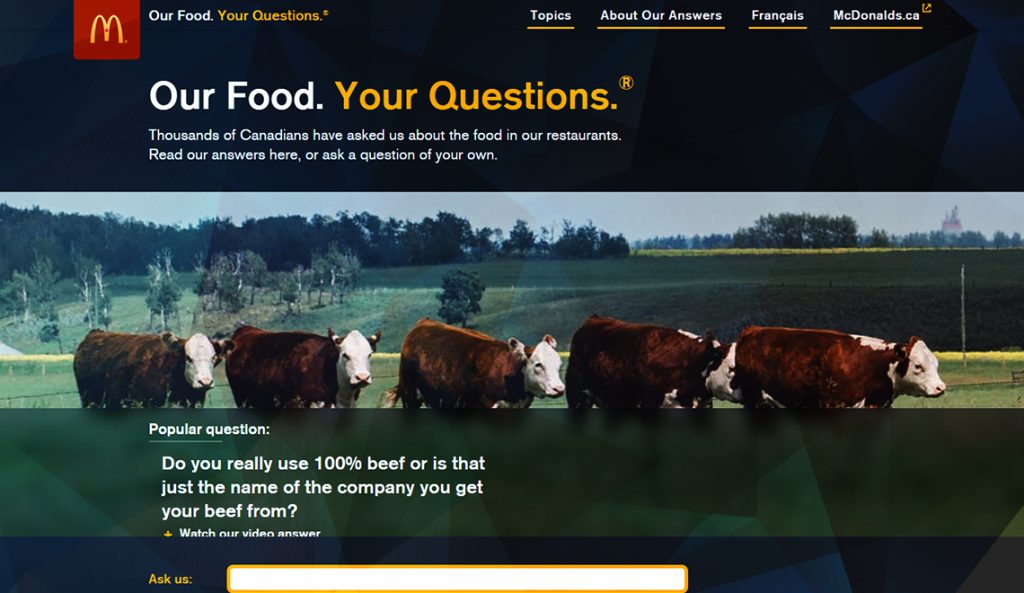
- McDonalds Canada released an “Ask us anything” campaign in 2015 to answer questions about their supply chain from the breed of cow their beef comes from to the authenticity of their meat products. They even provided a video walkthrough demonstrating how their hamburger patties are made, potatoes are grown and more.
- Coca-Cola joined the Recycling Partnership in 2014 to increase curbside recycling initiatives in the U.S. They’ve also launched the 100% plant bottle in 2015 after their 30% plant based bottle launch in 2009.
- France’s third largest supermarket chain marketed deformed produce at a 30% price cut which lead to a 24% increase in store traffic. Supermarché turned waste into profit and appealed to customers with sustainable and affordable values. Ugly Juice is a start-up that helps eliminate food waste by making cold-pressed juices from deformed but usable fruits and vegetables.
Whether you are launching or transitioning, it’s never too early or too late to implement good values into your supply chain. For help building and transitioning into a cleaner supply chain, Alpha Food Labs is a platform supporting sustainable food companies.
“One of the things I do when I take congressmen and their staff out, is to take them to different points of food production and show them all the things that are done which isn’t required. They look at me and ask, so why do they do that? And it’s because they want to keep their products safe.” – Alfred V. Almanza, Deputy Under Secretary for Food Safety, U.S. Department of Agriculture
Cases of Misbehaving Labels
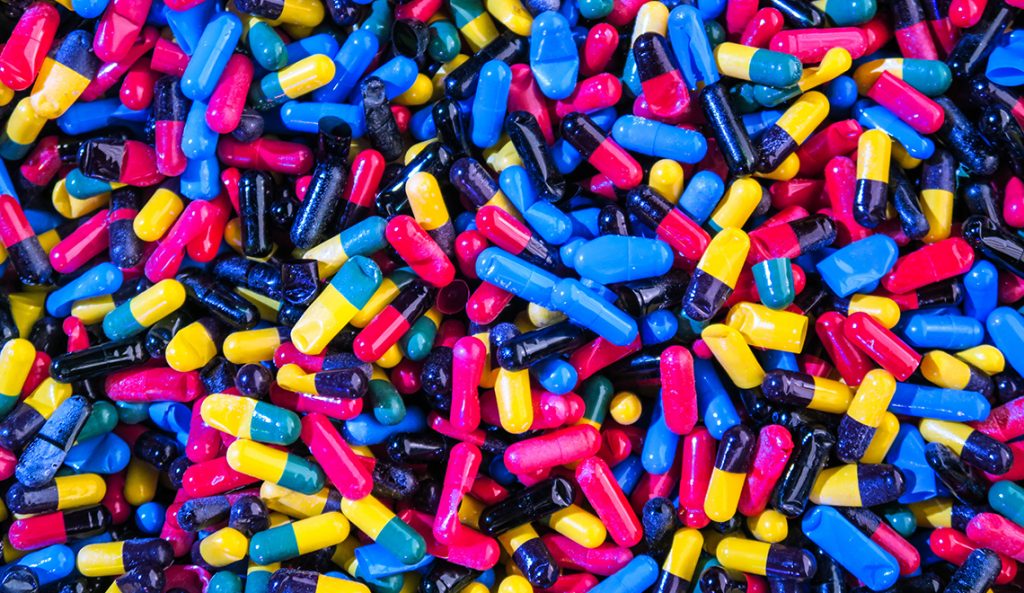
- Mystery Meat: In 2013, Findus beef lasagna was distributed to the UK, France, Sweden and France with 60-100% horse meat. It was found to be from a Romanian slaughterhouse that delivered to a trader in the Netherlands, and then sent through two food processing companies before being distributed by Findus. More recently in 2018, there were two accounts of beef recalls from JBS adding up to 12 million pounds of beef for potential salmonella infections.
- Drug dummies: Valisure, an online startup has screened 100 drugs recently approved by the FDA and found over one in ten lacked the claimed amount of active ingredients.
“When a brand-name drug’s patent protection runs out- generally after about 20 years- a generic firm can copy the product. The more generics competing against each other to sell a single drug, the lower the price.” – Bloomberg
- Fish fraud: Currently, one in three of fish sold in Canada is mislabelled, according to Food Research International. Consumers might buy white tuna and instead get an escolar causing intense stomach problems according to this grocery seafood investigation.
“Some companies are working with novel, raw materials and they typically do not know they have to be FISMA compliant. That’s why food companies need to be having closer discussions about the raw materials and learning more about their business.”-John Budin, Director of Product Safety and Quality, FONA International
Nobody wants to be caught up in scandal or potential legal charges. Keep up to date with food policies from the representatives themselves at the North American Food Safety & Quality 2018 (NAFS).
Want More In-Depth Conversations in the Latest Development in Food Safety?

“We, the attendees speak the same language and have the same challenges and vision for our departments.”
– Director of Quality and R&D, The Fremont Company
“The NAFS was an excellent opportunity to have discussions and work directly with colleagues regarding real time issues and successes. The smaller groups were helpful in candor of discussions.”
– VP, Quality, Red Monkey Foods, Inc.
“The conference is a chance to look at the larger picture. I found things that weren’t even on my radar prior to the conference.”
– Director Quality Assurance- Ingredients, Darigold Inc
“I have pages and pages of contacts and ideas. Food Safety is complex, this show helps you navigate it.”
– VP, R&D and Innovation, Talking Rain Beverage
“I was able to see how the BIG players in the industry have become so successful through their innovative training in food safety and quality. The great impact made in overall performance based on having company wide-wide “buy in” to these standards and training models.”
– Director Food Safety & Quality, Braga Fresh Foods
“Would definitely plan to attend again.”
– Director, Food Safety Quality, Assurance & Facilities, Cliff Bar
“It was awesome from A to Z!!”
– ARC Director Global Food Safety and Quality, Hershey
What do you think about these topics? If you have ideas on what you’d like to see or a case study you’d like to share, let us know!


